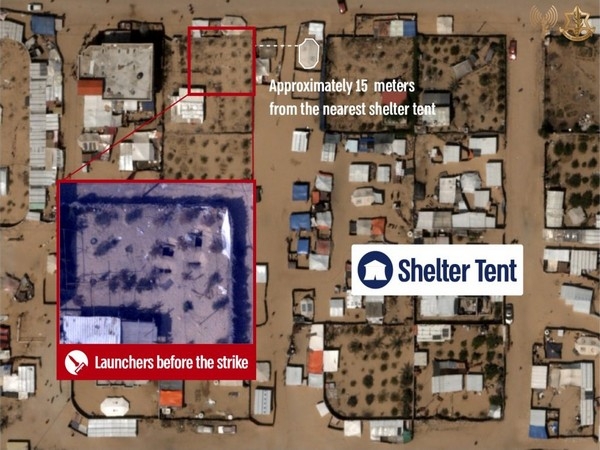BJP & the new caste commissions: Is something more sinister afoot?
_78946_730x419-m.jpg)
With the cabinet approval for the institution of a commission to introduce sub-quota within the category OBC, the plank of social justice now appears to be having many contenders, the BJP too making its bid.
For a while, politics of caste and its assertion was a thorn in the flesh for a politics tasked with the consolidation of an aggressive Hindu identity – a subject which many ideologues of the Hindutva found too demanding to broach.
In pragmatic politics too, the attempts to piggy-ride caste mobilisations had mixed results for the BJP. For instance, Kalyan Singh and Uma Bharati were depended upon to countervail the Mandal wave, and in hindsight, deliver the demolition of the mosque. Their erratic conduct, rebellion and betrayal thereafter, had a lesson or two for the party.
The new BJP has so far avoided projecting powerful caste leaders at the state or national level. On the ground, the hostility between the numerically dominant somewhat landed and usually politically influential OBC castes with those numerically smaller is played upon to the hilt to advance the Hindutva project.
Unrest in the masses
If the 2014 Lok Sabha and the recently concluded UP elections are indicative, there is ample anxiety and disquiet among these caste groups – the Kurmi, Kahar, Kumhar, Nishadh, Rajbhar etc – that the BJP has been able to successfully channelise.
No wonder then, a new surge in the enlistment of youths from these caste communities under various RSS affiliates has been distinctly noticed. This is coupled with the promise of a greater share in ticket distribution, local bodies and party offices.
The mobilisation at the local level is followed up with the stratagem to appropriate the very framework of social justice, while expediently tweaking its instruments.
At the national plane, Other Backward Classes (OBC) was the creation of the Mandal Commission (1980). The Commission had identified 3,743 backward castes.
They included the peasant castes not belonging to the rich peasantry, also the artisans, and various other social groups that had non-farm income, as well as those that were primarily labouring classes. There were many Muslim and Christian castes that were akin to Hindu SCs. It clubbed all of them, at various levels of social development, into a single whole.
The inequality question
Consequently, OBC reservation envisaged to mitigate disparity, has ended up reproducing intra-group inequality.
There is ample historical and empirical ground for taking social justice beyond Mandal. The demand for sub-categorisation in the all-encompassing OBC category is long pending.
Kalelkar Commission (1955), the first Backward Classes Commission, feared this sort of an unequal beneficiary distribution, and as a bulwark recommended the bifurcation of backward classes into two, the backward and the most backward.
Out of the 2,399 castes that the Commission found backward, nearly one-third i.e 837 were placed in the MBC category. Though Nehru’s cabinet refused to implement the Kalelkar Report, several state governments instituted state backward classes’ commissions. Most of these state commissions followed the Kalelkar formula to suggest either bifurcation or further subdivisions in the broader classification.
The Nagan Gowda Committee (1960) and later, the Havanur Commission (1972) in Karnataka, the Ambasankar Commission (1982) in Tamil Nadu, the Mungeri Lal Commission (1975) in Bihar or the Chhedi Lal Sethi Commission in Uttar Pradesh recommended sub-categories within backward classes.
As it stands today, more than a dozen states, in keeping with the peculiarity of their social and political conditions, have opted for a further mutation in the OBC category.
Given that the idea itself has a much longer life, backed by the compelling social conditions, wouldn’t it be far too stretched to label the recent move by the central government as merely expedient and sinister?
The BJP agenda
We should bear in mind a few things. One, beginning from its opposition to the Mandal Commission's recommendations to repeated calls for a review of the reservation policy, the BJP and the RSS have rarely displayed enthusiasm for social justice.
The plea of equitable distribution of quota benefits sounds a bit insincere if we go by BJP’s own record of pandering to powerful caste lobbies. The inclusion of locally dominant Marathas in Maharashtra and the Jats in Delhi (during Vajpayee regime) does little to back its claim. More so, disaggregation of the social constituency on which the politics of social justice has sustained is a trick, resorted to by the BJP and its allies in the past.
In 2001, Rajnath Singh, as the BJP chief minister of UP, instituted the Social Justice Committee that recommended the segmentation of the OBC category into three different schedules: the BCS, the MBCs and the EBCs.
The move sought to serve his politics – the Yadavs or the Ahirs, the core support base of the Samajwadi Party, were declared as advanced OBC and confined to availing only 5% quota. The remaining 80 odd castes were placed in the MBC and the EBC lists.
Similarly, the Committee recommended the bifurcation of the scheduled castes separating Jatavs, the BSP’s essential support, from the rest of the SC groups. The move got stuck at the Court.
In 2007, the NDA government led by Nitish Kumar in Bihar created a sub-category of Mahadalits, a move ostensibly to make a dent into the Dalit social base and isolate the politically more mobilised, the Dusadhs.
Problem in the details
Ironically, while the politics of Mandal catapulted many political formations to power, the question of redistribution has scarcely received executive attention. A correlation between caste and income disparity, incidence of poverty, land holdings and possession of assets is not difficult to establish.
With one or two exceptions, the general rule prevails – as you go down the ladder, deprivations and dispossessions rise. Both Kalelkar and the Mandal Commission identified the skewed production relations as the source of backwardness and recommended the implementation of progressive land legislations by state governments.
With liberalisation and the shrinking of the public sector, there have been calls for extending reservation benefits to corporate and civil society employments. To be sure, they have elicited virtually no executive response.
The current dispensation’s preference for sub categorisation kills several birds with one stone.
Politically, it aims to dismantle the once visible larger solidities such as the Bahujan samaj. Even more significantly, it is designed to contain the question of justice and equity within the confines of social categories like the OBC or the SC, shrewdly skirting the subject of Brahmin dominance or Savarna hegemony.
As new binaries of OBC versus SCs, backwards versus more or extremely backwards, Dalits versus Mahadalits come to occupy political landscape, the very idea of social justice could be blunted.
Last, the exercise of sub-categorisation of 4,000 plus castes based on their differing development indices will be complex and massive. Till date, the government has been shying away from publishing the caste census 2011 on the plea it was riddled with errors and that local and regional variations in usages needed to be subsumed into identifiable castes and sub castes – a job that is apparently still not concluded.
If the ironing out of these errors and variations is a mammoth task that could not be completed in years – how is the newly proposed commission expected to classify these groups into the sub categories in a mere three months?
Suspicions of a far more insidious agenda, therefore, are not so unfounded.
The author teaches sociology at Jawaharlal Nehru University, New Delhi
First published: 26 August 2017, 19:03 IST
_251372_300x172.jpg)
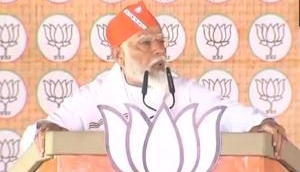
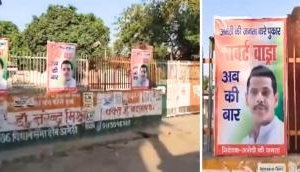
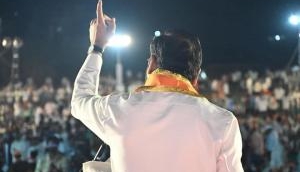

![BJP's Kapil Mishra recreates Shankar Mahadevan’s ‘Breathless’ song to highlight Delhi pollution [WATCH] BJP's Kapil Mishra recreates Shankar Mahadevan’s ‘Breathless’ song to highlight Delhi pollution [WATCH]](http://images.catchnews.com/upload/2022/11/03/kapil-mishra_240884_300x172.png)

![Anupam Kher shares pictures of his toned body on 67th birthday [MUST SEE] Anupam Kher shares pictures of his toned body on 67th birthday [MUST SEE]](http://images.catchnews.com/upload/2022/03/07/Anupam_kher_231145_300x172.jpg)


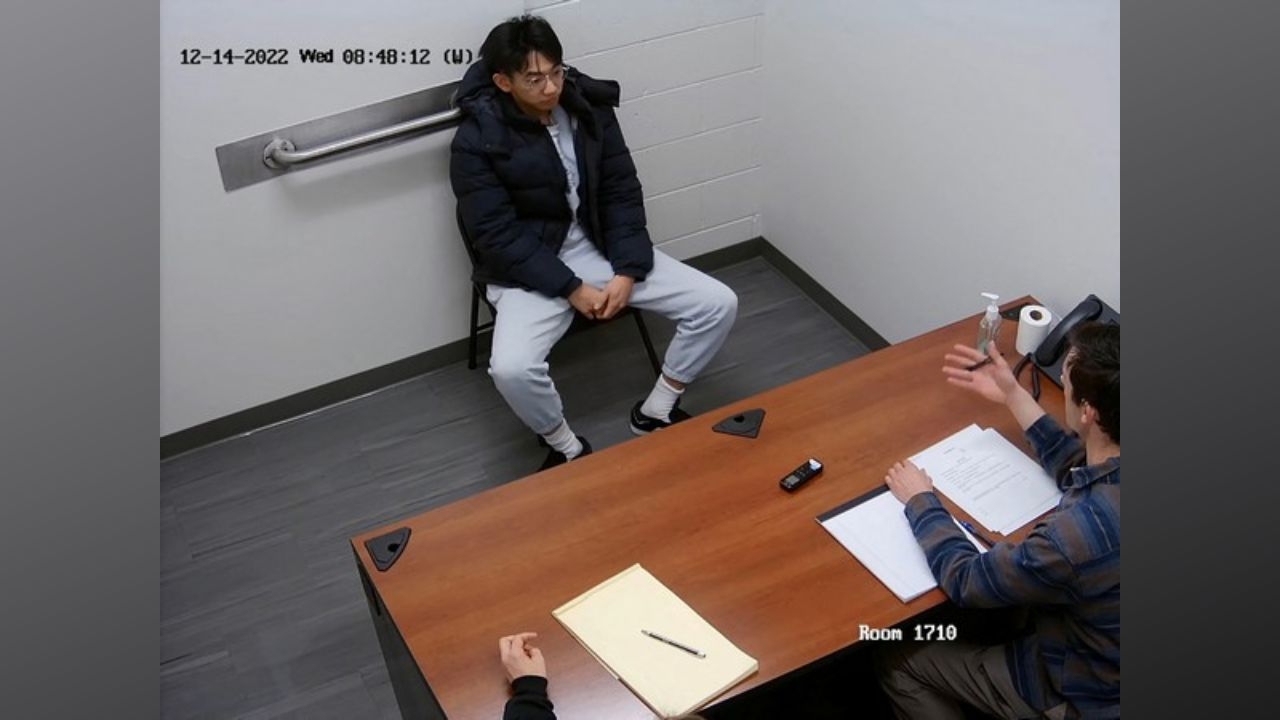

_251372_1280x720.jpg)
_251371_1280x720.jpg)
